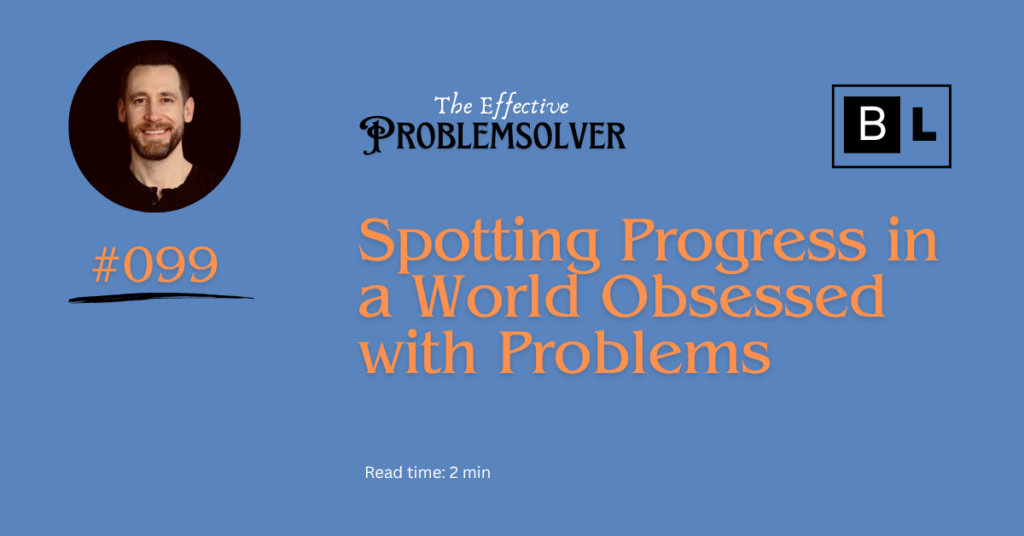I usually write about what’s broken.
Why? Because there’s a lot of it.
And because I’ve spent most of my career working with people trying to fix those broken things.
You’ve probably seen that in my take on why collective impact efforts so often fail, or my breakdown of how success metrics can backfire, or even my confession about being complicit in success-washing early in my career.
I’m often drawn to dysfunction—not because I enjoy it, but because I want us to get better at facing it.
But today, I want to pause and highlight what is working. Because it’s real. It’s just not always obvious.
Here’s what blew me away:
Between 1990 and 2015, about 137,000 people were lifted out of extreme poverty every single day—defined by the World Bank as living on more than $1.90/day.
Take that in.
137,000 people every day for 25 years.
If only that were the headline we’d all been reading each morning.
It makes you wonder how different our collective outlook might be if we paid attention not just to what’s broken, but also to the long arc of human progress.
Here are a few more examples of what’s working
- Teen births in the U.S. have plummeted by over 75% since 1991, thanks to expanded access to contraception, better sex education, and cultural change.
- Violent crime in the U.S. is near a 50-year low, despite rising public fear due to recent setbacks.
- U.S. air pollution has dropped by 78% since 1970, due to smart regulation, innovation, and enforcement.
- The high school graduation rate in the U.S. hit 86%, up from about 70% two decades ago.
Are these perfect? No.
Are they complicated? Of course.
But they are real. And they matter.
So how can we better spot what’s working?
1. Step back and see the whole system.
When you’re deep in the fight, it’s easy to focus only on the pain points.
But systems thinking reminds us that improvement may be happening in adjacent parts of the system—even if your part still feels broken.
What’s shifting upstream or downstream? What long-term trends are hidden in short-term noise?
2. Hold two truths at once.
Yes, things are often a mess. And yes, real progress is being made. Both are true.
Religious and philosophical traditions across centuries warn against making ourselves the sole arbiters of truth—because our vantage point is limited.
Humility isn’t just a virtue; it’s a systems insight: your view is partial by definition. Look wider.
3. Find and study bright spots.
When you see something working—pause.
Don’t just celebrate it. Study it.
What policies, relationships, or timing made it work? What dynamics are in play?
Success doesn’t happen by accident.
If we understand why it’s working, we can bring those lessons into the harder, messier challenges we face elsewhere.
Seeing Both
Let’s not sugarcoat the real challenges in front of us.
But let’s not ignore the good, either.
Especially the quiet kind—the 137,000-a-day kind—that doesn’t scream for attention but changes the world anyway.
If you want to become a more effective problemsolver, you have to learn to see both.
See you in two weeks.



